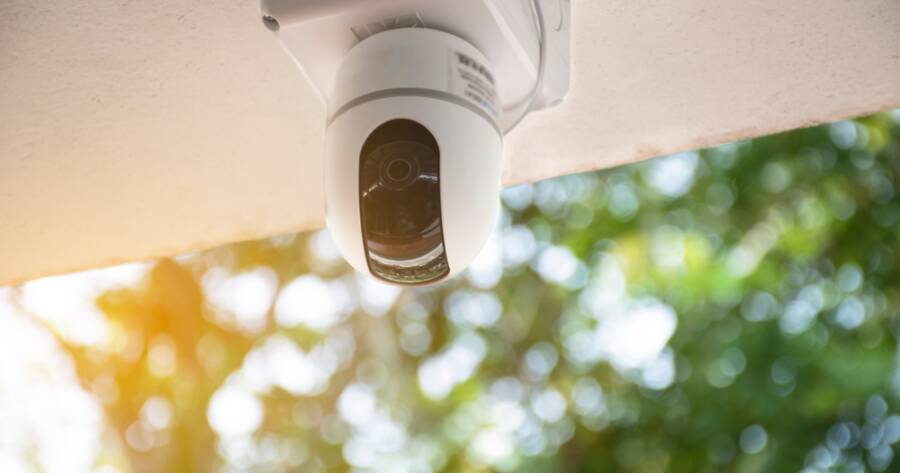Adding a security camera to your home no longer requires hiring a professional company. Many systems are designed for easy setup, meaning you can mount, connect, and start recording in minutes. For U.S. homeowners looking for smart, budget-friendly security, the DIY route offers flexibility and control. Understand what to look for in a self-install camera, features that matter most, and some top brands to consider.
What Makes a DIY Security Camera Truly Self-Installable
When a camera is designed for self-installation, that means it supports easy mounting, wireless or plug in power, and setup through a mobile app without cutting wires or drilling complicated holes. Brands noted for DIY options emphasize “plug & play,” WiFi connectivity, and cloud or local storage options.
Look for a camera that offers clear instruction, simple app setup, and flexible placement (indoor/outdoor). If you own an apartment or a home that prohibits professional installation, the easier the setup, the better.
Key Features to Check Before You Buy
Regardless of the brand, a few features separate good DIY cameras from great ones. First is video quality—look for at least 1080p resolution so you can read license plates or faces when reviewing footage. Next is night vision and wide field-of-view; both help when the light is low or you need to cover a large area.
Other important features include two-way audio (so you can speak through the camera), motion detection alerts sent to your phone, and weather-proofing for outdoor use. The blend of ease-of-use plus reliable performance is the feature set DIY buyers value most.
If a camera integrates with smart home systems (Amazon Alexa, Google Assistant) or supports local storage (so you don’t always pay for cloud plans), that adds long-term value.
Top Brands Worth Your Attention
Here are several well-known brands that consistently rate highly for DIY home security cameras:
- Ring: Often highlighted as a top pick for DIY installation, Ring offers indoor and outdoor models with battery or plug-in power and app-based alerts.
- Arlo: Known for wireless and weather-resistant models designed for outdoor use, Arlo delivers good resolution and flexible placement options.
- Wyze: A brand that often comes up in reviews for affordability and ease of installation. Great for renters or anyone who wants a simple setup.
- Eufy: Focuses on privacy and local storage options, appealing to DIY users who prefer to avoid ongoing cloud subscriptions.
Each of these brands offers multiple models, so you can choose based on where you’ll install the camera (front door, backyard, hallway), how you’ll power it, and whether you prefer cloud or local storage.
Installation Tips for Best Performance
Even the best camera won’t help much if it’s installed poorly. Start by choosing a mount point that covers entryways and avoids direct sunlight or glare into the lens. For outdoor models, install under eaves or overhangs to protect from rain and wind.
Use the app to test the field-of-view before final mounting. Many wireless models allow quick temporary placement so you can see the angle and coverage on your phone. Once satisfied, mount it permanently with screws or adhesive—as recommended by the brand. Secure cables neatly or hide them in conduit to avoid tampering.
Finally, update the firmware and enable wifi security features such as two-factor authentication. A recent guide reminds DIY buyers that even wiring-free cameras must be secured digitally to avoid vulnerabilities.
Subscription vs. Local Storage: What Works for You?
When you choose a DIY security camera, you’ll likely see two storage options: cloud storage (monthly subscription) or local storage (micro-SD card or network drive). Cloud storage offers remote access anytime from your app, but it adds recurring cost. Local storage can avoid those fees, but if your home is broken into and the camera or its storage device is stolen, you could lose footage.
Brands like Eufy emphasize local storage and minimal subscription dependency, while others like Ring and Arlo combine both approaches. Before buying, review the brand’s storage plan: does it allow you to store a week’s worth of video? Does it support alerts when motion is detected? These details determine daily usefulness.
Future-Proofing Your DIY Camera Setup
DIY cameras are steadily improving with features such as artificial-intelligence alerts (person vs. vehicle), increased resolution (4K), and wired/battery hybrid models that switch to battery if power is cut. Some 2025 systems now support higher-capacity local storage or even 24/7 recording without cloud dependency.
If you plan to upgrade over time, choose a brand with strong app updates, broad accessory support, and interoperability with your smart-home ecosystem. That way your installation now will remain relevant and adaptable to future security needs.
Install Smart, Feel Secure
Choosing a DIY home security camera means you get control, flexibility, and often lower cost than full professional systems—and you’re still backed by powerful features. Focus on ease of installation, video quality, storage options, and brand reliability.
With a top brand like Ring, Arlo, Wyze, or Eufy and a carefully mounted setup, you’ll have a camera system that watches over your home day and night. Do it once, do it well, and keep your home protected.

